Titling a literary labor of love is a common struggle for many new authors.
The pressure is on when attempting to come up with the perfect book title. We want titles that are catchy, evocative, memorable, pithy—a tall order for just a few keystrokes. It’s no wonder freshman and seasoned authors alike stumble over the title hurdle.
Even more challenging for newly-minted authors is how to select a subtitle (sometimes called a subheading). When it comes to the anatomy of a book, the title may be the sitting presidential figurehead, but the subtitle is the behind-the-scenes, hard-working cabinet member. A stellar subtitle will elevate a book’s cover, intrigue readers, and explain exactly what the book’s about, in just a handful of words.
Adding subtitles is where an author can hone in and pack a punch with an artful turn-of-phrase. The subtitle has a distinct role apart from the main title. While your book title clearly tells your intended audience what the book is about, the job of the multi-faceted subtitle is to speak to the precise benefits readers will receive from your book.
- Amazon requirements to selecting a subtitle
- Step-by-step to selecting a subtitle that sells
- Book subtitle examples
Table of contents
Don't discount the power of a subtitle. It can do so much for your book on the Amazon market and complement your perfect book title as well. So, let's find out how you can tap into all of those different benefits.
What is a Book Subtitle? – Amazon Rules
A subtitle is just a subordinate title that allows you to put more information into it and thus drive home the main point and benefit of your book.
With regards to Amazon, it is not required but your title and subtitle together must be under 200 characters. The good news though, is that your cover does NOT have to have your subtitle on it – however, in most cases, you'll want it there.
Also, your subtitle must follow the same Amazon rules as titles:
- No claims of bestseller, or rank, or anything of the sort
- No claim of deals, discounts or reduced price type shenanigans
- Can't reference other books or any other trademarks
- No reference to any other authors
- No advertisements
A new subtitle doesn't have to be amazing or memorable. It's biggest purpose is to fully explain what your book is about. This is especially true of a nonfiction book, but it can also apply to fiction as well. For fiction, your title could be related to the story itself, or it could explain what the book is, such as: “A YA Fantasy Romance” or “A Sci-fi Military Comedy”.
Now, let's get to the magic of selecting a good book subtitle!
How to Craft an Amazing Subtitle
Should you remember nothing else about our subtitle lessons, remember this: Be specific and be bold. Think of the subtitle as the tiny aggressive salesperson selling your book to the masses (if there’s one thing we know about salespeople, it’s that they aren’t subtle).
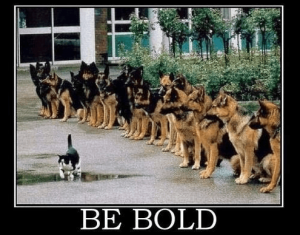
Aspiring authors often hesitate to get specific in their book’s titles—there’s a fear of turning readers off, or potentially spoiling plot points. At Self-Publishing School, our advice is that your subtitle is the chance to tell potential readers exactly what your book is about. Don’t squander that chance by being wishy-washy.
If specificity is one side of the perfect subtitle coin, then clarity is the flip side. Clarify and specificity go hand-in-hand. A good subtitle should be crystal clear. If it’s in any way ambiguous, then it’s back to the drawing board until you’ve cleared away any lingering murk.
Your subtitle in Cliff Note form: Specific, bold, clear. Got it? Ok, we trust you understand these concepts. But, how do you get there with your own book?
The best subtitles are specific, bold, and clear.Click To TweetRead on, we’ll walk you through the process step-by-step until you’ve arrived at your own razor sharp, killer subtitle.
Step 1: List Out All the Benefits
The first step to crafting a rock solid subtitle requires you to articulate all the benefits your book will have on your target audience. Let’s break this down.
Imagine a book is about becoming a more productive person. What are the myriad benefits a potential reader would take away from reading this book? Ideally, readers would have more time with their family, they’d make more money at their job, they’d be better at business, they'd spend less time doing what they hate, they’d have more time to travel, they’d get up earlier in the morning, etc.
How does your book benefit your reader? Your subtitle should help with this.Click To TweetNow, simply apply this lesson to your own book. What are the unique benefits your readers will have after reading your book? List each and every benefit you can come up with. Use your imagination and write down even the tiniest or most far-fetched notions that cross your mind.
Step 2: Select the “Attention Grabber” Benefits
You’ve just listed the extensive number of benefits lucky readers will gain from reading your book. What’s next?
Highlight the benefits that grab the most attention. Ultimately, you want your subtitle to jump out at prospective readers, so focus on any listed benefits which do the same. List all jaw-dropping, attention-grabbing benefits; these may be future subtitle gold.
Step 3: Speak to Those Benefits and Make a BIG Claim
Now that you have your list of jaw-dropping, attention-grabbing benefits, you’re going to capitalize on those. You’re going to need to speak to these highlighted benefits, as well as to your readers’ unique pain points.
It’s time to come up with a big claim. The bigger, the better (as long as you’re being truthful!) Your end game is for your subtitle to spell out exactly how you’ll solve your readers’ pain points. Mull this over during the next step.
Step 4: Write Out Examples and Pick the Best 3
Now it’s time to write out some possible book subtitle examples. This is a free-writing, free-association brainstorming exercise, so don’t self-censor. Just get some words on the page — cohesion be darned.
If you have any possible subtitles kicking around in your brain, write out these ideas. Free write whatever else comes to mind, and let it flow. If you're coming up empty, use a book title generator to help you come up with attention-grabbing subtitle ideas.
If it helps you to have some structure, set a timer for five minutes and write as quickly, intently, and furiously as you can in that finite period.
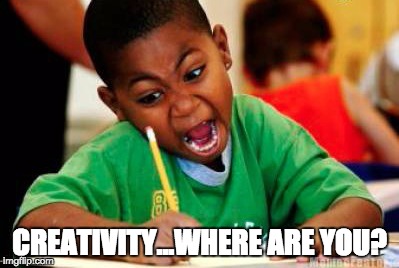
Once you’ve filled the page with as many possible examples as your brain can muster, pick the top three out of the bunch. Congratulations, you now have your gold, silver, and bronze medal subtitle contenders! Things are getting exciting, time to move on to Step 5.
Step 5: Get More Bold & Be More Specific
This is the part that makes people uncomfortable. We authors are afraid to make specific claims in our titles. We worry that our books may not measure up, or our claims may later be refuted. We worry we’ll be called out on our big book claims, and that we won’t pass muster.
Guess what? One of the most important parts of this next step is forcing yourself outside of the safe boundaries of your comfort zone. Once you push yourself outside the haven of your self-imposed comfort zone, that’s where the magic will happen.
Here’s what you need to do to push your own boundaries: As you’re crafting your subtitle, speak directly to your target reader. Be bold—remember, your subtitle needs to make big claims, the bigger, the better! (And again, be truthful. Your book actually has to solve the problem you’re claiming to solve, and if not, then edit your book until it does.)
Our Self-Publishing School Rule of Thumb: Until your subtitle makes you uncomfortable, we’re not happy. If the claim you’re asserting in your subtitle doesn't make you feel at least a touch queasy, then you’re not being bold or specific enough. Keep going until the subtitle text make you quake in your proverbial boots and reach for the Pepto. Now, we’re talking!
Best Book Marketing Software
Over 47,000+ authors, NYT bestsellers, and publishing companies use Publisher Rocket to gain key insight to the market. Help your book now
Get Rocket NowOther Considerations to Make
When choosing your subtitle, being bold isn't the only thing that you should keep in mind. Consider some of these as well:
- Is it searchable? A subtitle is one of the best places to include your keywords. Using a tool like Publisher Rocket, you can easily find the right keywords for the job, then find a way to fit them into your subtitle. The good news is that these keywords will almost certainly fit the “problems” that your readers are trying to solve, because they are already searching for them.
- Is it easy to read? A subtitle shouldn't be a jumble of words, just trying to fit every keyword and potential solution into one line. Instead, it should be easy to read and say out loud. Make sure to read your subtitles you've brainstormed above to find the ones that roll off the tongue best.
- Is it specific? Your subtitle should specifically talk about the problem or the solution that you are presenting to your reader. It shouldn't go over the top with how it does so. Instead, it should be succinct in how it conveys information.
- Is it relevant? The worst thing you can do is have a subtitle that isn't perfectly relevant to what your book is about. And believe it or not, this can happen easily. All it takes is a good-looking keyword that gets a lot of clicks and is “sort of” related to your book. If you're not careful, you could include some keywords that are not relevant.
- Does it convey the right tone? Your book should have a tone associated with it. Will it be light-hearted and comedic? Or serious? Motivating? Whatever the tone of your book is, your subtitle is a great place to get that idea across to the reader.
- Is it using a copyrighted or trademarked phrase? Be careful of the words you use, as some words or phrases could be trademarked for someone else. This is why I'm always cautious when using brand names or the like in my subtitles. You never know what could come of that.
- Do you like it? While not really something we often think about in articles like this, it's important to ask yourself: do you like the subtitle? Believe it or not, your gut is a great instinct to go by, and while we still recommend going through the motions we've outlined above, we also think you should be happy with the end result.
Book Subtitle Examples: Before & After
We’ve touched on theory and brainstorming exercises, now let’s explore some real world subtitle examples.
Subtitle Example #1
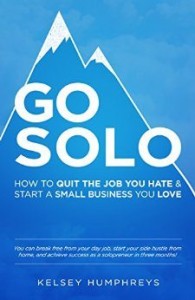
Subtitle Before:
Reach Your Peak: Find Your Passion, Focus Your Efforts, Fulfill Your Purpose
Reading this title and subtitle you have absolutely no idea what this book is about. It’s a vague, comfortable title. It’s not specific and it doesn’t make any claims. It doesn’t require the author to step outside of their comfort zone.
Subtitle After:
Go Solo: How to Quit the Job You Hate and Start a Small Business You Love
See how that’s much more clear? Now readers know author Kelsey Humphrey’s book is about starting a business. Drilling down to a specific subtitle helps readers understand what the book is about and what benefits will transpire if they read it. That’s the power of getting more specific and more clear.
Subtitle Example #2
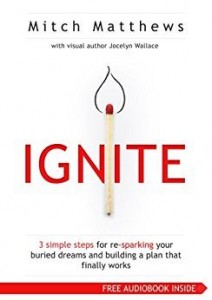
Subtitle Before:
Ignite: Spark Your Dreams, Create Solutions & Achieve Success
Again, this is lofty, non-specific, and contains vague words. Readers have no idea what the book is actually about or how it will benefit them.
Subtitle After:
Ignite: 3 Simple Steps for Re-sparking Your Buried Dreams and Building a Plan That Finally Works
Author Mitch Matthews now conveys that he wants to re-spark buried dreams and put into motion plans for his readers. Moreover, he claims that his book can do that in only three steps. That addition of “3 simple steps” makes the title really pop, in addition to adding needed specificity and clarity.
Subtitle Example #3

Subtitle Before:
“No-Gym” Workouts for Women: At home exercise programs for women with busy schedules, so you can lose weight and achieve the body you want in 30 minutes or less
That’s a lot of mumbled, messy words = word salad.
Subtitle After:
No Gym Needed: Quick and Simple Workouts for Gals on the Go. Get a Toned Body in 30 Minutes or Less.
The second subtitle is far more specific, clear, and concise. Women who are short on time and want a quick, results-oriented workout know that author Lise Cartwright’s book will help them because the subtitle spells it out.
Subtitle Example #4
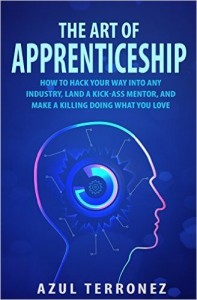
Subtitle Before:
The Art of Apprenticeship: How to Find Your Gift, Connect With Like-Minded Leaders, and Make Money With Your Passion
Not awful, but could be improved and finessed.
Subtitle After:
Author Azul J. Terronez’s second subtitle is much more powerful than the first. The second subtitle hits the three benefits, and it has zing.
Podcast Episode – When and How to Change Your Book Title
The Power of Benefits
One additional important closing point to keep in mind: When coming up with possible subtitles, don’t start with keywords, instead start with benefits (and work out the keywords later). If you start with keywords, you’ll have a subtitle that doesn’t make much sense.
A subtitle that sells the benefits of your book (and contains appropriate keywords) is much more important than having one that’s loaded with keywords that don’t actually relate to your subject matter.
Now that you have the tools to craft an amazing subtitle, let your creativity take over. Be bold and go big—your readers will respond in kind.
About the Author: Chandler Bolt

I'm Chandler Bolt, CEO of Self-Publishing School. At Self-Publishing School, we help people write, market and publish their first bestselling book. We've worked with tons of entrepreneurs, speakers & coaches to help them get their books written, become bestsellers & use their books to grow their businesses.




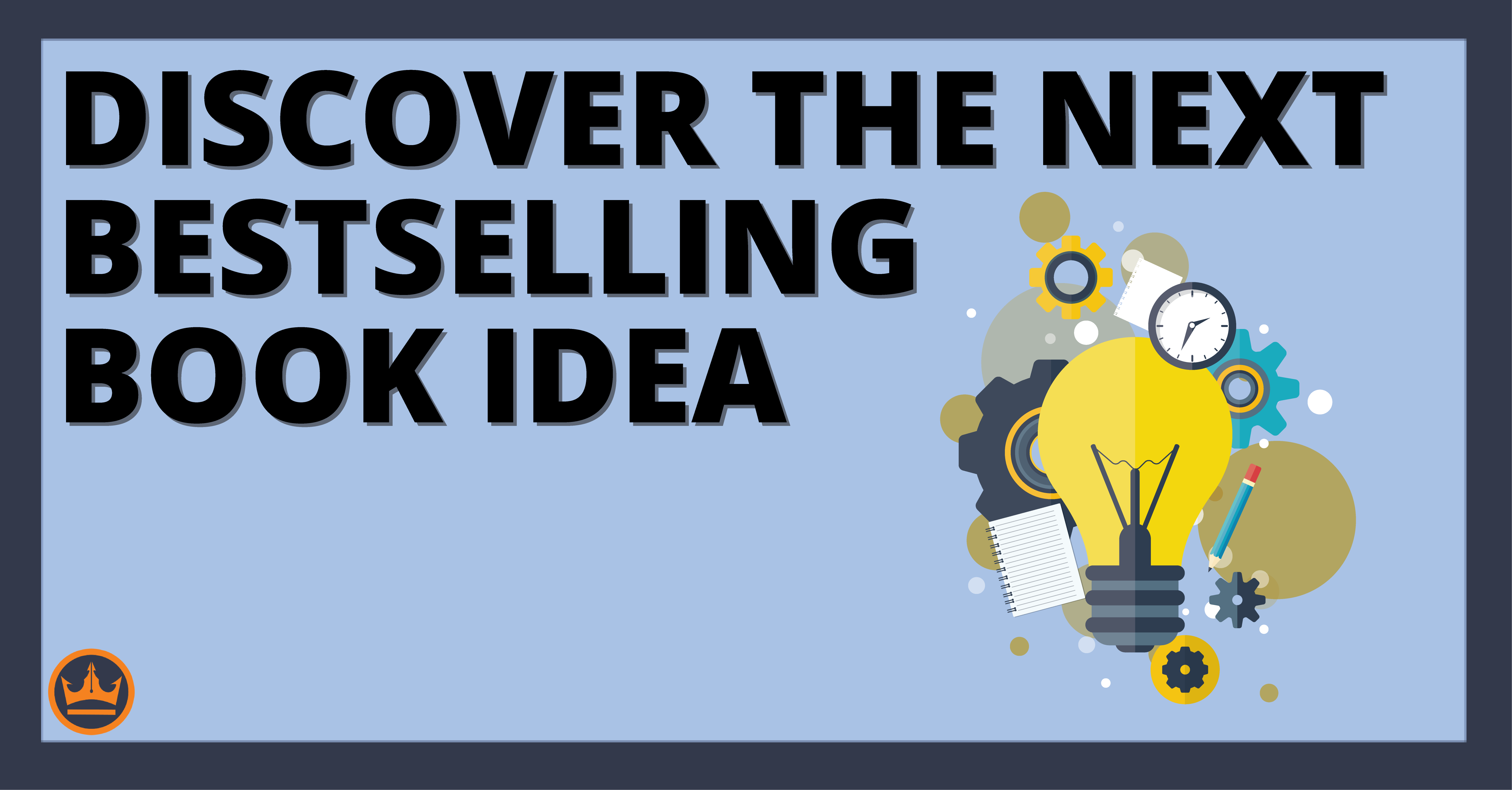
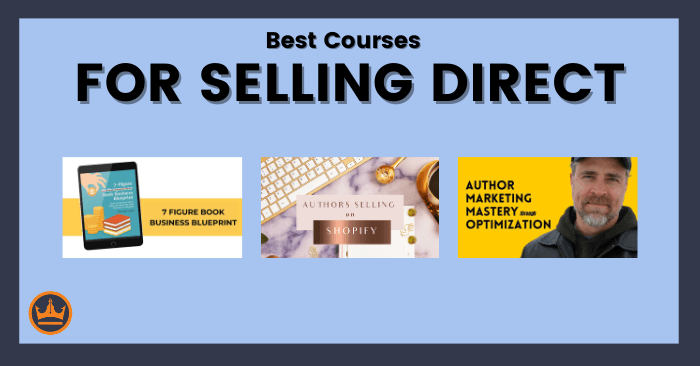
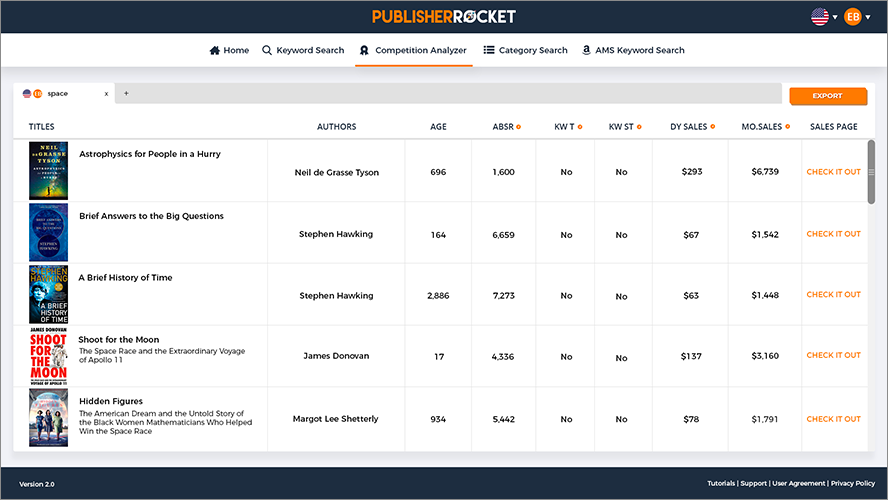
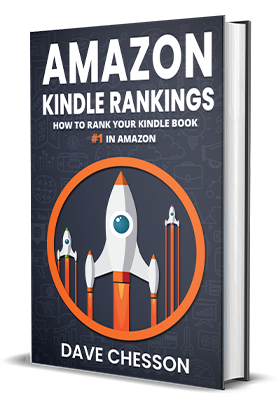
Hi Dave!
Really helpful article. Dave Iam going to publish my first coloring book, so Iam little confused that what should be included in Subtitle. Whether I should include “Coloring Books for kids” in subtitle or in Backend Keyword section.
Please can you help me out with this.
Thanks
Potentially both would be good. The subtitle will help shopper fully understand that the book is about that for the demographic.
Thanks Dave for your response and it helped me alot.
Glad to have helped.
Thank you very much! I appreciate it. I guess it never hurts to be able describe your book in under 200 words anyway!
Thanks, Chandler. Very helpful – although I write narrative nonfiction. Dave`s advice, which I generally agree with, is It is a bit of a hybrid between marketing for fiction (entertainment) & nonfiction (practical knowledge). Best – JIM
My fiction series is currently subtitled “Angelina Bonaparte Mysteries #x”. I’m having more success marketing to thriller readers than to mystery readers, but I do not want to lose my mystery base. I’m thinking about changing the subtitle to “A PI Angelina Bonaparte Mystery/Crime Thriller #x.” I do not want to be a keyword stuffer in my subtitle. Your thoughts?
Yeah, the Mystery/Crime Thriller aspect feels like a push to stuff. In truth, the feel of your cover can convey the difference to the market. The imagery you use, the tone, and the colors can potray whether or not this is crime, thriller, and mystery…or all in one.
Thanks, Dave. Your insights are always so helpful.
Thanks! That really means a lot to hear.
Thank you Nanci, always makes my day to hear when I help someone. 🙂
Great ideas!
I totally agree that lofty promises just sort of float out there–“find your purpose” is a tough sell.Strong, emotional language, particularly when choosing verbs, can really help. In the first example, going from something you hate to something you love is very strong emotionally.Also, you have to consider whether particular words will turn off your audience. I have always loved the word “gals” but have been told over and over that women under 45 hate it and think it sounds old-fashioned. (Retro cool, anyone?) Will “kick-ass” appeal to your book`s audience or are you using it because it sounds emotionally appealing? This is why trying out your title/subtitle combo with people who are actually in your target audience matters.http://www.nancypeske.com
Absolutely – and the whole gal thing might be locational as well. I’ve heard more in the south.
Hi,
Thanks for the helpful post. I am writing “A Novel” under the title on the book cover and in the title page for both ebook and paperback editions. Do I need to fill “A Novel” in the subtitle window?
No, so long as it is the title.